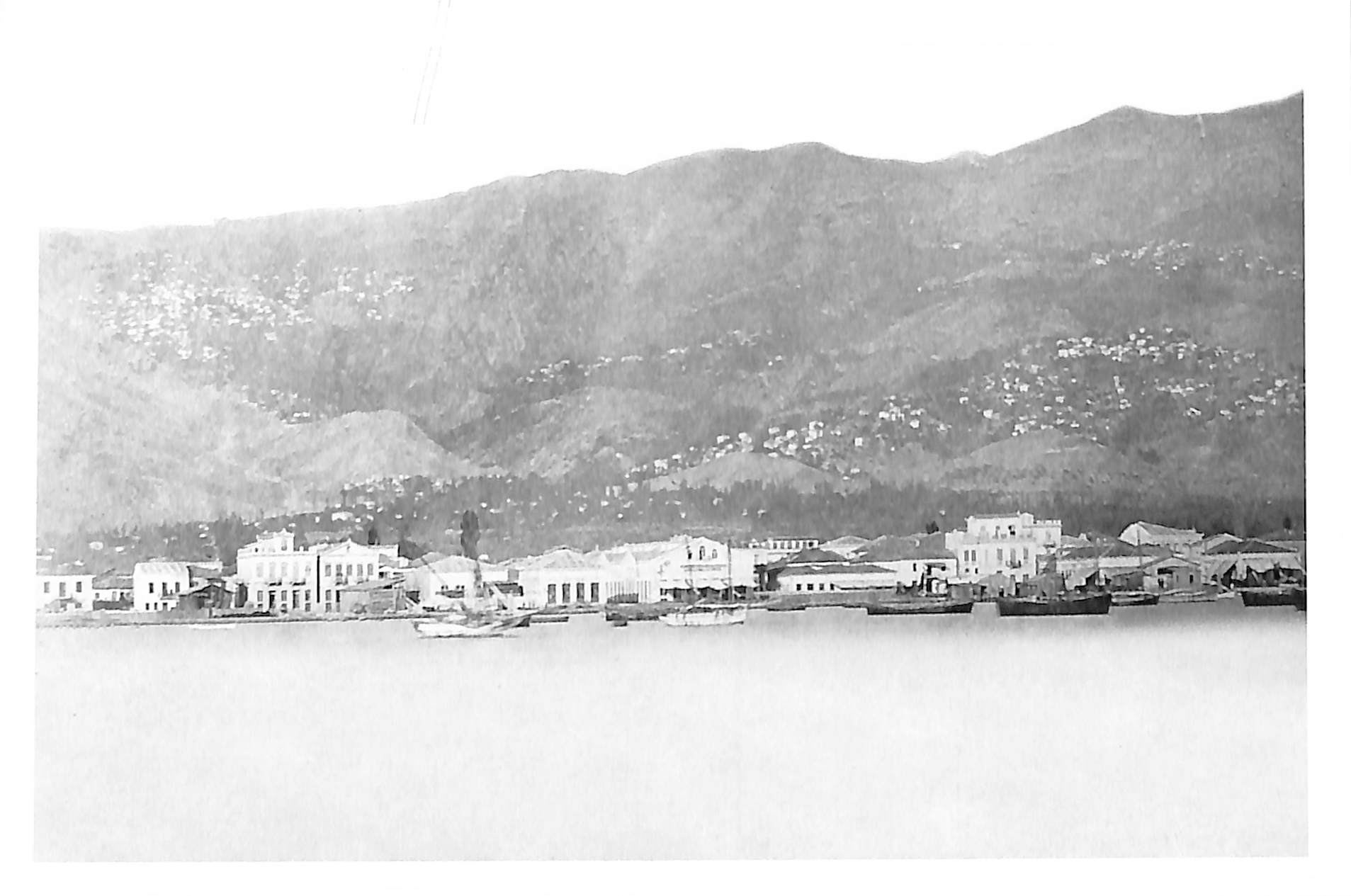
4/28/2025 4:04:59 PM
Volos in the 19th century
The city of Volos, in its current form, began to be built outside the old castle a little later than 1830. Volos, as the port of the region, attracted the attention of the people from Pelion, who initially rented space in the old shops before starting to build their businesses east of the castle. In 1841, the Tsougou Halva Factory began operation, and in 1860, the first flour mill was built in Volos by the Glavani brothers for the production of pasta. In 1869, the steam mill of Aristeidis Mousouris was built, and in 1872, the tannery of Georgios and Nikoulis was established. Its favorable geographical location, due to the port, contributed to its development as an economic center of Thessaly. After the Conference of Constantinople in 1881, Thessaly was ceded to the newly formed Greek state, and on November 2, 1881, the Greek army entered the city of Volos. In 1886, the railway connection between Volos and Larissa, as well as Kalampaka, was completed, and from 1895, the Volos–Lechonia–Milies railway line began operation. At the same time, in 1892, works on the port’s development also began. Volos experienced significant cultural growth at the end of the 19th century. In 1894, the Municipal Theatre was established, in 1896 the Gymnastic Club of Volos was founded, and in 1898, the newspaper "Thessalia" began its publication. During the unfortunate Greco-Turkish War of 1897, Volos was occupied by the Ottoman army, and its inhabitants were forced to seek refuge on nearby islands. However, the same year, the Ottoman army withdrew from the city, and the people of Volos and Pelion returned to their homes. Pictured: Panoramic view of the beach of Volos and the villages of Pelion in 1895. ©Municipal Photography Museum of Kalamaria ‘Christos Kalemkeris’.

